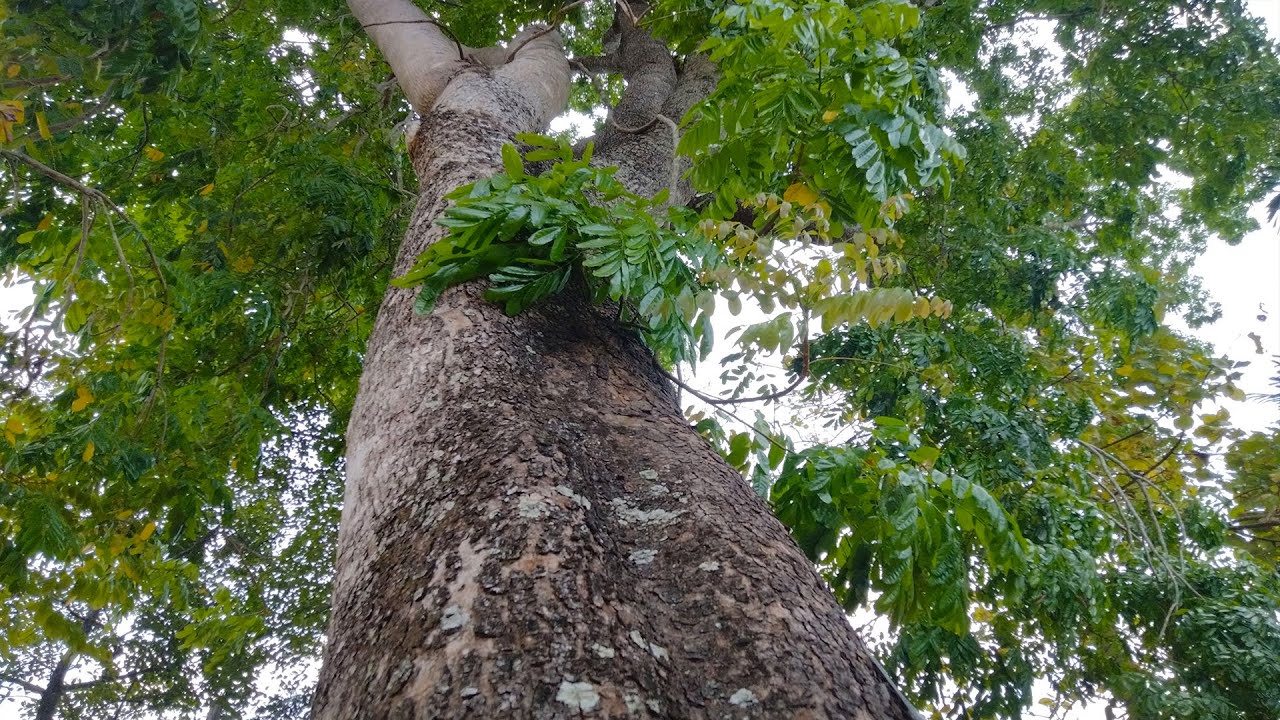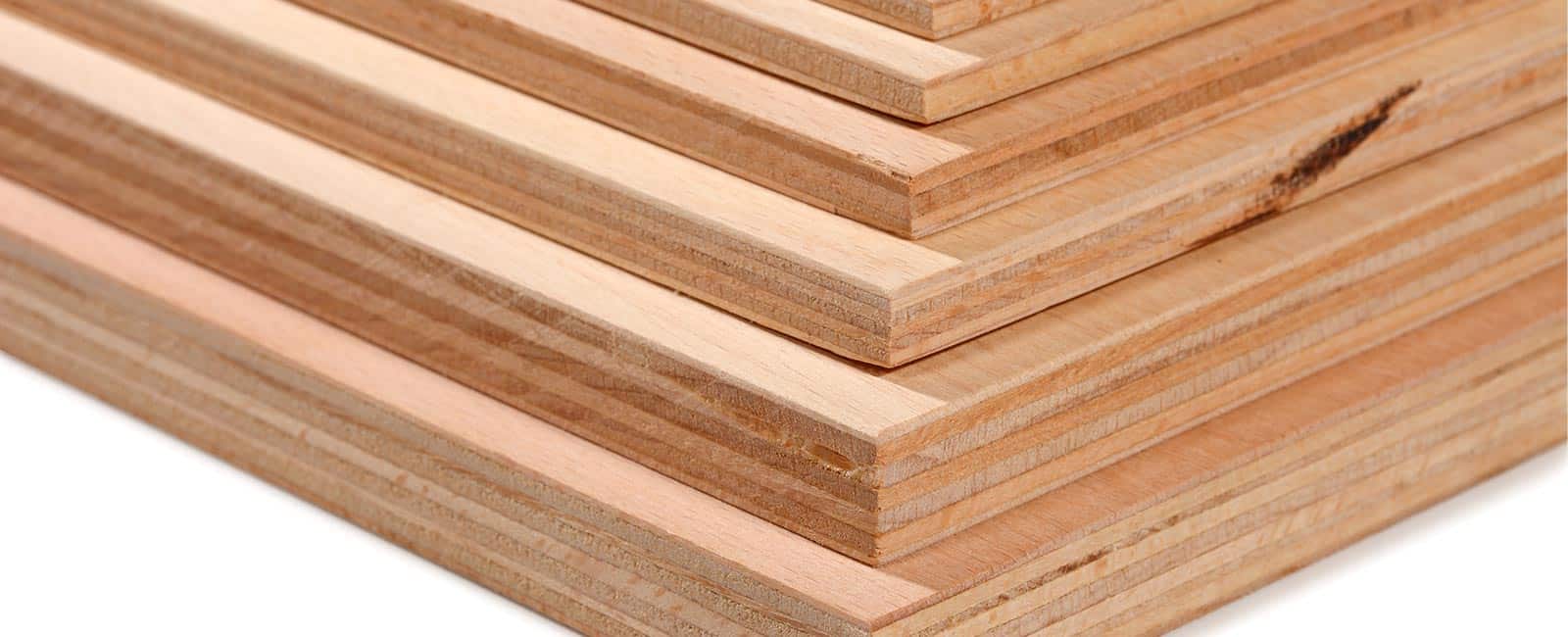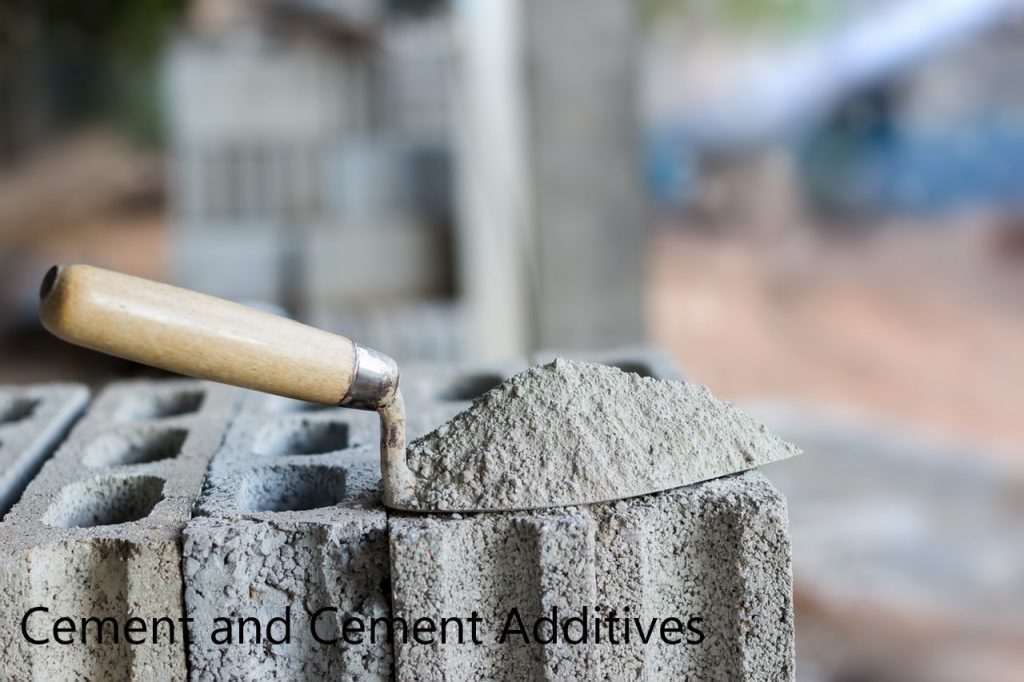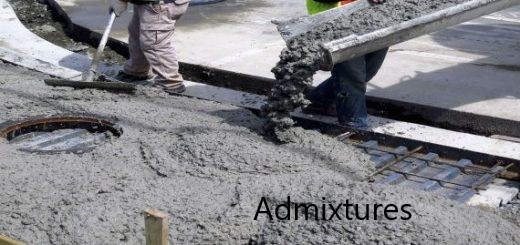Timber is a term used to describe the softwood and hardwood trees that are cut and milled into lumber. Different types of timber classification of timber can be done in different ways based on the type of wood used and the hardness of the timber. According to one of the classifications, there are four different types of timber.
- Sapwood
- Heartwood
- Softwood
- Hardwood
Sapwood
Sapwood is the outermost part of a tree’s trunk or branch, which is usually lighter in color than the rest. It contains living cells that transport water and nutrients between inner tissues and outer bark (which is more like skin). The sapwood also has an important role in regulating water loss through evaporation as well as protecting against insects and other pests.
The sapwood gets its name from its sticky appearance after it dries out; this makes it difficult to remove without damaging your timber.
Heartwood
Heartwood is the darker-colored wood in the center of a tree trunk. It’s made up of dead cells, which means that it isn’t affected by water and doesn’t float during transport. Heartwood is used for construction and furniture because it’s strong but also light in weight.
Softwood
Softwood are types of timber that’s used for construction. It has a higher density than hardwood, but its strength isn’t as great. Softwoods are made from conifers—pine, spruce, and fir trees, among others.
Hardwood
Hardwoods are the densest and strongest of all woods. They’re also more expensive than softwoods, but their strength makes them ideal for furniture construction, flooring, and cabinetry. Hardwood species include ash, birch, maple, and oak.
The best hardwood floors are made with planks that have been kiln-dried at temperatures between 950°F and 1120°F (500°C to 600°C). This process allows the wood to retain its shape while protecting it from warping or cracking when exposed to moisture in damp environments like kitchens or bathrooms.
Different Types of Timber Based on Wood
Types of timber classification based on different wood are discussed herein.
Some of the most frequently used types of timber are as follows.
- Bamboo
- Brich
- Mahogany
- Oak
- Cedar
- Cherry
- Walnut
- Fir
- Pine
- Plywood
- Cross-laminated timber
- Cane
- Oriented strand board
- Padauk wood
- Sycamore
- Tulipwood
- Walnut
- Wood ash
- Teak
- Nun
- Jak
Bamboo
Bamboo, a plant species in the grass family Poaceae, is native to warm temperate regions of all continents except Antarctica. The most common species is the white-striped bamboo (Bambusa multiplex), which grows in the wild to heights of 70 feet, with a lifespan of about 150 years. However, other varieties are cultivated for use in construction and as building materials.

Bamboo is native to Asia. It’s often used for furniture since it grows in a square shape that can be cut into pieces with a saw. Other types of bamboo are grown specifically for use as building materials. Bamboo is an excellent material for building because it’s lightweight, strong, and flexible. It has many uses in construction, including building partitions and furniture.
Bamboo is an environmentally friendly and sustainable resource. It can be harvested sustainably, and it provides a variety of benefits to the environment.
Advantages of Bamboo
- It is lightweight
- insulating
- strong enough for almost any structural purpose.
- Easy to work with
- Bamboo is also renewable; it grows back quickly after being cut down.
Disadvantages of Bamboo
- Price
- Won’t last long if they’re going to be used indoors or outdoors on an ongoing basis.
- Not fireproof or waterproof
- take many years to grow into an adult plant
Birch Timber
Birch timber is made from the bark of birch trees. The trees grow in the north and northeast regions of Europe and Asia, but they can be found throughout the world. Birch timber is used for many applications in construction, including building materials, furniture, flooring, and wall paneling.
Birch timber uses in construction
Birch timber is used for a variety of purposes in construction. It may be used for framing houses or other buildings, or it may be used as a substitute for building materials that are scarce or expensive. For example, it can be used as a substitute for oak when traditional oak is not available or when people want an environmentally friendly choice. In addition to being used as a substitute for oak, birch timber can also be used to construct beautiful furniture pieces such as beds and tables.
Birch timber advantages
The main advantage of using birch wood as a construction material is that it’s very lightweight compared to other types of wood such as oak or maple. This makes it easy to transport heavy items such as household furnishings or appliances without having them break apart during transportation.
Mahogany
Mahogany is a hardwood that is prized for its durability, strength, and beauty. It is used in furniture, flooring, cabinets, and doors; among other things. The wood has an attractive grain pattern that makes it easy to work with and provides a warm look to the finished product. Mahogany has many uses in the construction industry including:
Finish Furniture
One of the most common uses for mahogany is as a finish for the furniture. The wood has a beautiful grain pattern that gives it a richness that is hard to duplicate with other woods. It’s also very durable which makes it perfect for applications where you don’t want your furniture to be easily damaged.
Decorative Woodwork
Mahogany can also be used as decorative woodwork such as mantels, shelves, and bookcases. The wood’s color ranges from light brown to dark brown depending on how much stain or oil has been applied during processing so it will match any decor.

Oak Timber
Oak timber is one of the most popular types of timber in the construction industry. This is because it has several advantages over other types of wood. These include:
Oak timber is quite strong, making it suitable for construction projects that require a high level of strength and durability. It also has high resistance to rot and decay, which makes it ideal for areas where there are high humidity levels or where moisture can cause problems with wood.
Oak timber is an excellent choice for interior walls, as it has a warm color that blends well with other colors used in other types of rooms. It also provides excellent insulation properties, which helps keep rooms warm during winter months when temperatures drop below freezing point.
Oak timber comes from trees that are between 150 years old and 1,000 years old, which means you can use it for building projects for many years to come!
Cedar Timber
Cedar timber uses Cedar is one of the most valuable timbers in the world, due to its excellent physical properties and its ability to resist decay. It is also very versatile, being used for furniture, construction, flooring, and even roofing. Cedar’s long-lasting qualities make it an excellent choice for outdoor use as well.
This wood is a great addition to any home because of its durability and beauty. It has a unique appearance that makes it stand out from other species of trees. The fact that it’s native to North America makes it even more appealing to buyers who want their homes to reflect their culture. Cedar timber is also relatively easy to work with when compared with other species such as oak or maple; however, it has more natural oils than some other types of wood making it more prone to warping if not stored properly.
Cherry Timber
Cherry Timber is a very popular wood product. It has a long history of use in Europe and Asia. Wood is used to make furniture, veneers, and other decorative items.
Cherry timber is a hardwood that has been grown on trees for centuries. The fruit that falls from these trees isn’t edible but they are very aromatic and flavorful. The fruit is harvested and dried before being exported to other countries where it is used for many purposes as a foodstuff, medicine, and perfume among others.
The name of the tree comes from the French word “cherry”, which means “small” because when compared to other hardwoods, cherry timber is small in size – usually less than 40mm at its thickest (2 inches). The wood can be used for doors, cabinets, furniture, musical instruments o,r even musical instruments such as pianos or guitars.
Cherry types of timber has been exported since 1792 when it was introduced into England by Thomas Jefferson who had purchased some pieces during his trip to France. Over time this species became popular due to its great strength and durability while still maintaining its beautiful appearance.
Walnut Timber
Walnut timber has been the subject of much debate. Its use in traditional construction is well documented, but its use in contemporary design is less so. It can be used in a variety of ways, including structural beams, paneling, flooring, and furniture.
Walnut timber is one of the most sought-after hardwoods in the world. It is sometimes used as a substitute for mahogany due to its similar grain pattern and color. Walnut also has a very high value when sold as lumber, making them an excellent option for those who want to add walnut to their home but don’t have enough space for them
Walnut timber has many uses in modern design because it is so versatile and easy to work with. It can be used for interior furnishings like cabinets and chairs because of its smooth texture and deep color tones. Walnut also makes an excellent material for outdoor furniture because it has a natural resistance to rot and insects that make it more resistant to damage than other woods such as pine or cedar (which are more susceptible).
Fir Timber
Fir timber is a softwood that is used to make furniture, flooring, and other wood products. It has a very fine grain, which makes it ideal for use in high-quality applications. Fir timber also has a very light color, so it can be stained easily to create rich colors.
Fir timber originated in the mountains of Europe and Asia. The species used most widely for furniture is the European larch (Larix decidua). Other species used for this purpose include Eastern white pine (Pinus strobus), Norway spruce (Picea abies) a, and Scots pine (Pinus sylvestris). The genus name for these trees is Larix, which means “fir tree” in Latin.
The earliest uses of fir timber were in the construction of houses and churches by people who lived near forested areas where they could get their hands on large quantities of this type of wood. The first use of fir timber in furniture making was in Scandinavia during the Middle Ages when churches were being built with it. The Vikings were among the first Europeans to use it extensively as building materials because they had access to forests full of it
Pine Timber
Pine timber is the most widely used types of timber in the world. It is the most widely used construction timber and is used in applications ranging from poles to flooring, furniture to paneling, and ding to decking.
Pine has been a major component of construction for thousands of years. It was used by the ancient Egyptians and Romans, who also had a great impact on its development. The Romans used pito one for their roads and other public works projects, as well as for bridge constructions and shipbuilding
They also harvested pine from the wild to use for building materials such as roof beams and flooring. The Greeks were another important source of fine timber. They mined pines from Mount Parnassus in Greece where they were called “PaParnassianine” because of their high quality.
Plywood Timber
Plywood timber is a lightweight wood that can be made into almost any shape or size. It is a type of wood that has been used in construction for many decades. Plywood timber is a type of wood that has been used to build homes, schools, and office buildings. Plywood timbers are available in three types: solid wood, laminated wood, and particle board.
Plywood timbers are considered to be one of the most versatile types of building materials available today. They are easy to transport, install and repair. Plywood timbers are also very affordable, making them an ideal choice for many homeowners.

The main advantage of using plywood timbers in your home or business is their lightweight nature. Plywood timbers are strong enough to support heavy loads without needing additional support from other materials such as steel beams or concrete pillars. This makes it possible for you to save money by not having to purchase costly structural elements such as steel beams or cement columns which would be required if you were using conventional building materials like bricks and mortar for your home or business’s structure.
Cross Laminated Timber
Cross-laminated timber (CLT) is a composite material made from layers of wood veneer. It uses a different method of manufacturing and construction than conventional plywood, which is made from thin sheets of wood glued together.
CLT uses vertical joints to connect the layers instead of glue and allows for more complex shapes than sheet-by-plywood.
The process of making cross-laminated timber involves laying out the different layers, cutting them to size, gluing them together with adhesive, then stacking them in a press to compress and bond them all together. The result is a strong, lightweight panel that can be used in large quantities, even if each inner isn’t perfectly flat.
Carcross-laminated timber is used in many different applications including:
Architecture – CLT makes great use of space while achieving impressive results without compromising on aesthetics or durability. It’s also very easy to install and requires no special tools or skills beyond basic carpentry skills.
Construction – CLT panels are very strong but also lightweight compared to steel rebar or concrete panels, making them ideal for construction projects where weight needs to be minimized but strength must be maintained.


